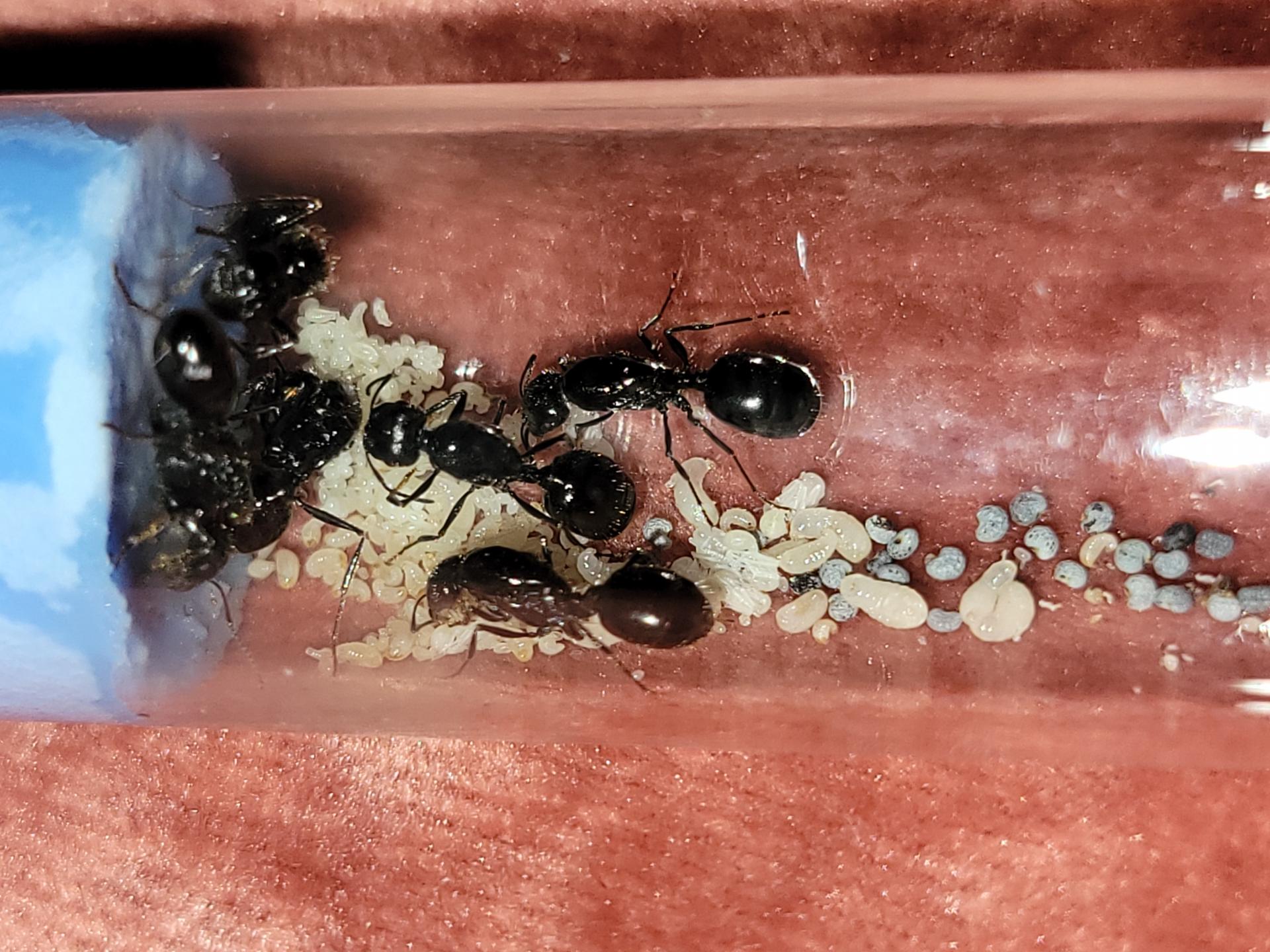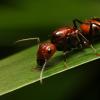Caught a Harvester Ant queen a little more than a month ago (Arizona) and set her up in a test tube. I suspect she is P. Maricopa or a black harvester ant (I can always provide a picture if it helps) She has laid a few eggs but has become more and more lethargic. I’ve recently been trying to feed her honey and proteins (cricket legs and mealworm pieces) but she hasn’t been inclined to eat any of it. I also provided her with a very small enclosure she could forage around for food in but she is not eating any of the seeds I place in them, so she is currently back in her test tube. Any tips on the husbandry, keeping and feeding with an harvester ant queen would be greatly appreciated.
- Formiculture.com
- Forums
- Gallery
- Members
- Member Map
- Chat


















